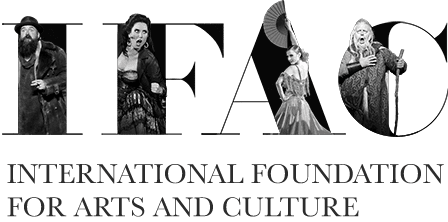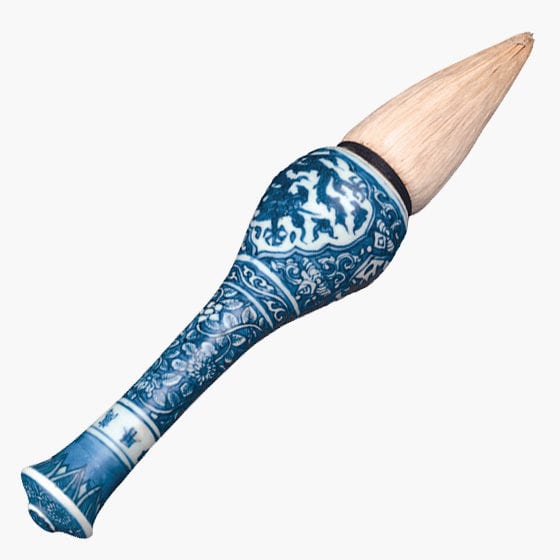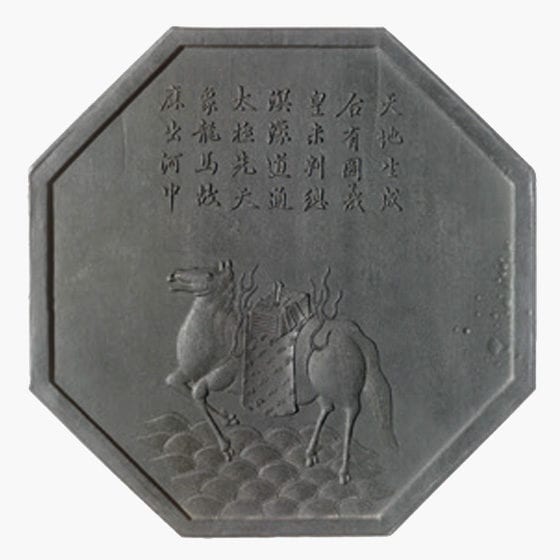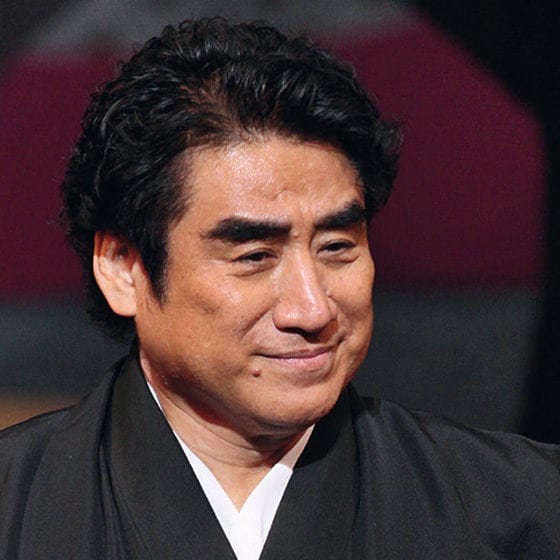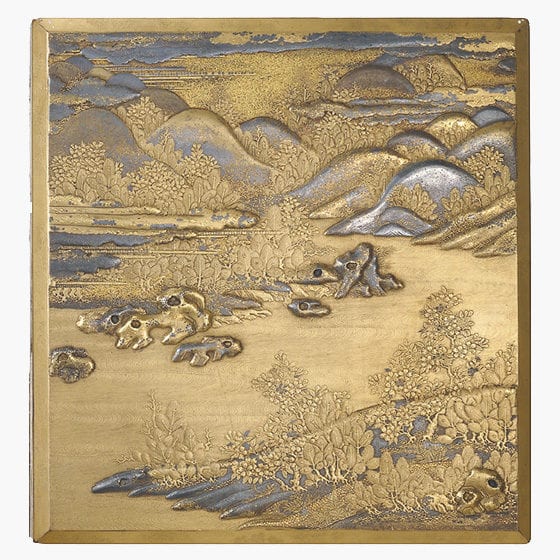Captivating Calligraphy, British Museum


Saturday 29 November 14.00–16.00
Welcome
On behalf of the Department of Asia, it is a great honour to welcome Dr Haruhisa Handa to the British Museum to perform the art of Japanese calligraphy. A man of many extraordinary talents, Dr Handa’s skill in the art of writing characters is widely appreciated. Dr Handa uses a free and playful range of styles, and is not limited to a single approach, subject matter or material. Dr Handa is an Adviser to the Modern Japanese Calligraphers Association, Chairman of the International Calligraphy Research Institute and author of several books on calligraphy.
A display of the finished works will be on view until Monday 1 December.
Timothy Clark,
Head of the Japanese Section,
Department of Asia, British Museum
What is Japanese calligraphy?
Japanese calligraphy is a form of writing using a brush. Each written character represents a sound in the language. Calligraphy is a highly respected art form in Japan. Japanese calligraphy can be traced back to the Qin (pronounced chin) dynasty in ancient China, from around 221–207 BC. Two main styles were adopted by Japanese calligraphers around AD 500. These were semi-cursive ‘running style’ (gyōsho) and cursive ‘grass script’ (sōsho).
If you were a calligrapher you would need to memorise several thousand of these characters. You would usually keep your brush in a writing box called a suzuri-bako. Inside would be two brushes and a solid piece of sumi ink. This ink is made of a mixture of charcoal or soot and animal glue. The ink is then ground onto a stone called a suzuri. Drops of water are added to make a liquid using a suiteki (water dropper).
‘Grass script’ (sōsho) is a creative style, allowing the calligrapher to change the shape of the characters depending on the content and context. A challenging style to read, it is more about the artistic look. This character, Myō, means superb, excellent, miraculous or mysterious, or to be skilful.
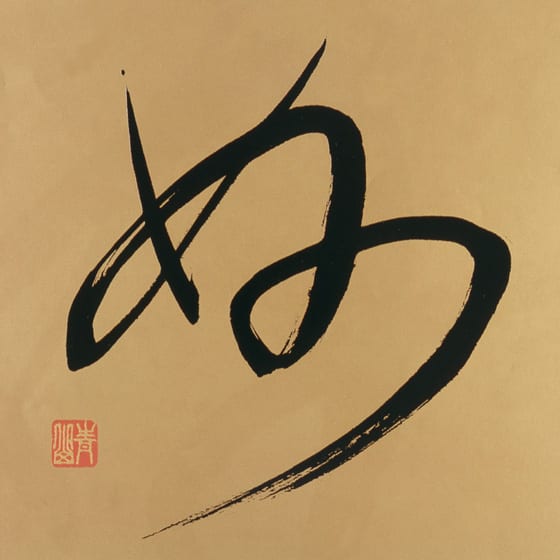
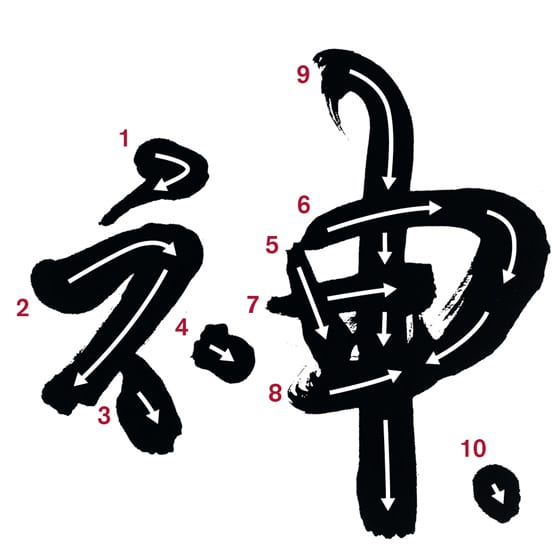
Try tracing these lines in numbered order with your finger to write the character. Can you do it in the air from memory?
‘Running style’ (gyōsho) has less sharp angles and more rounded shapes. Characters can run into one another like joined-up writing. This character, Kami, means divine god.

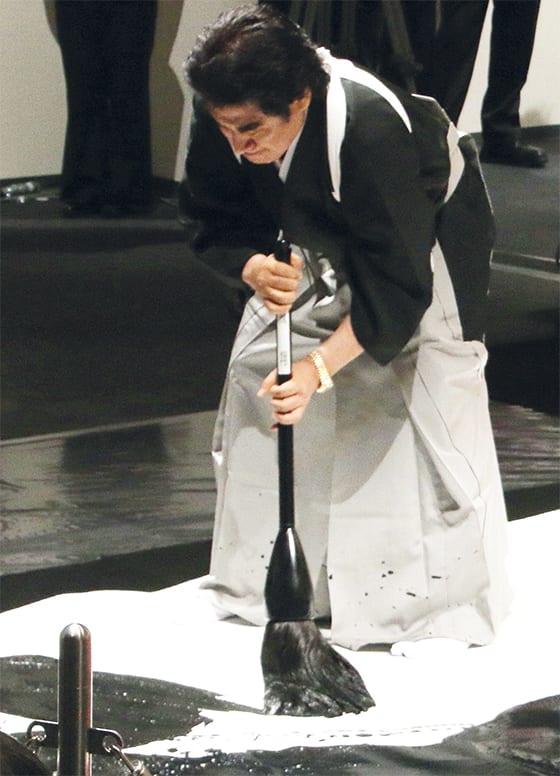
What materials does Dr Handa use?
Dr Handa will use an enormous brush made of horsehair with a bamboo handle. The scroll and paper have been made in Japan. His sumi ink has been carefully prepared for this demonstration. The brush alone weighs over 3kg and so both hands are needed to lift, move and control the brush. The work will take 24 hours to dry completely. See the gallery below.
Calligraphy in the collection
Dr Haruhisa Handa uses an enormous brush to create his calligraphy. Explore the British Museum to find other examples of calligraphy and the tools used. Look at examples from Japan (Room 93), China (Room 33), the Islamic world (Room 34) and Europe (Room 46).
Go to Room 93 and find this beautifully crafted writing
box (see gallery below). Look carefully at the container and think about what kind of a person might have owned or used one of these. The quality of the craftwork reflected the status of the owner. There is an ink stone in the middle similar to that used by Dr Handa. Go to Room 33 and find Case 35. Look for ink-cakes from China (see gallery) in a variety of shapes. Ink-cakes were made from wood soot mixed with animal oil and glue, which was moulded into a cake and dried. The cakes were ground by hand on an inkstone and mixed with water to make the ink.
If you want to see another brush from the Ming dynasty make your way up to Room 95 and look in Case 57 (see gallery). Go to Room 34 and find Case 7, look at the different styles of script. How are they similar and different to the others you have found? Can you spot any calligraphy on any of the other objects in the gallery?
Go to Room 46 to find examples of European calligraphy. Use your finger – or maybe even another part of your body, like your nose – to trace the shapes created. How would you describe them?
If you want to find out more about family activities, visit the Families Desk in the Great Court.
